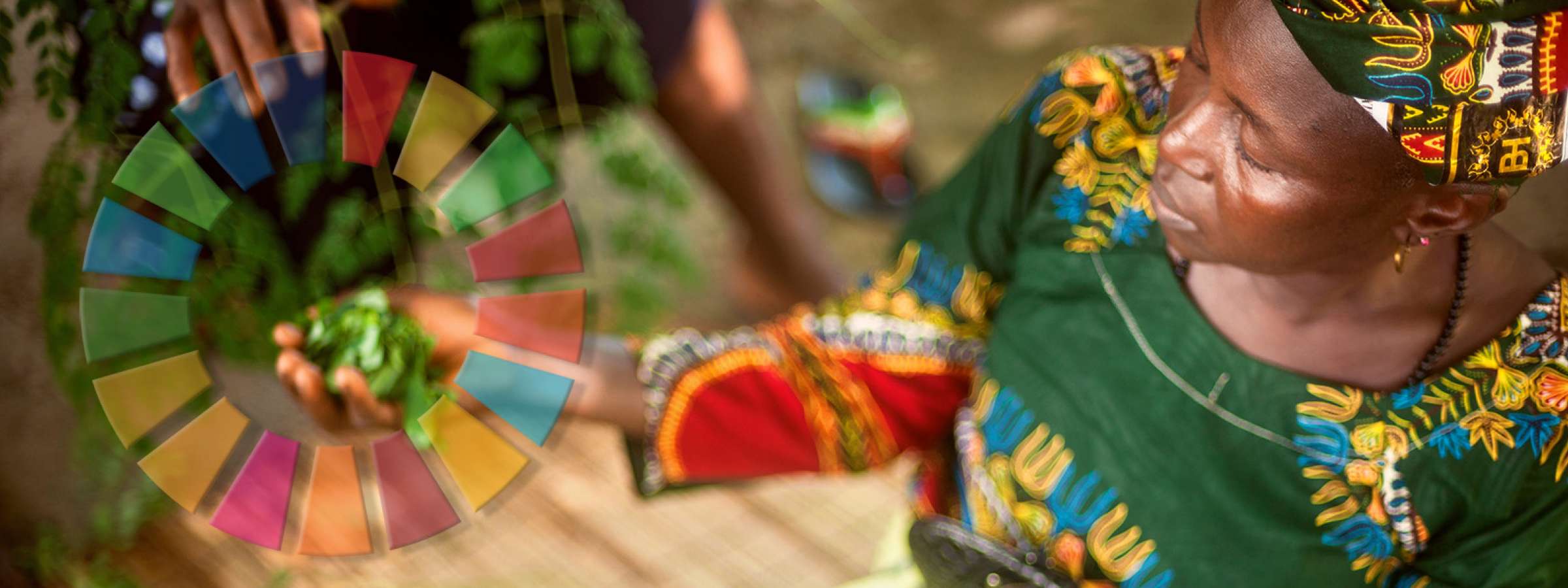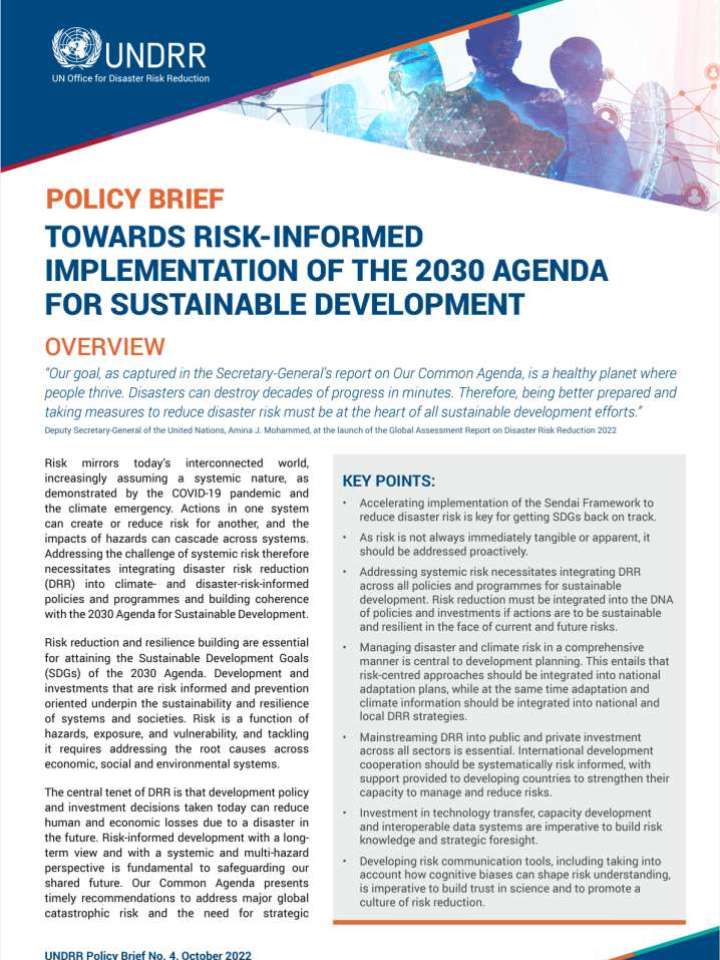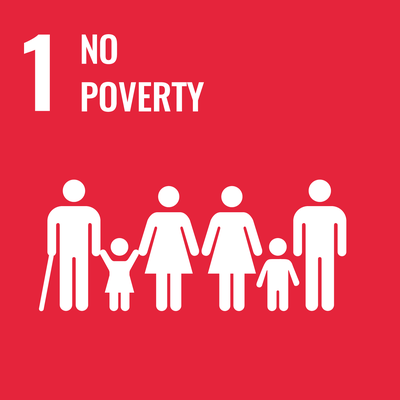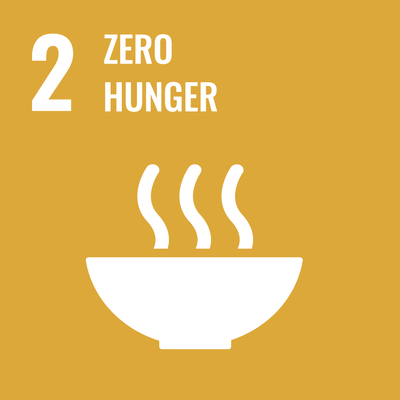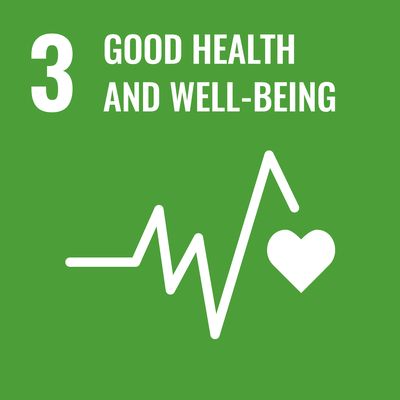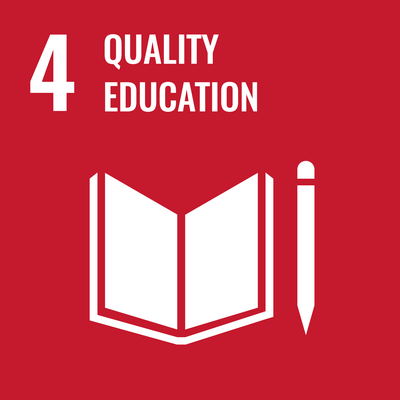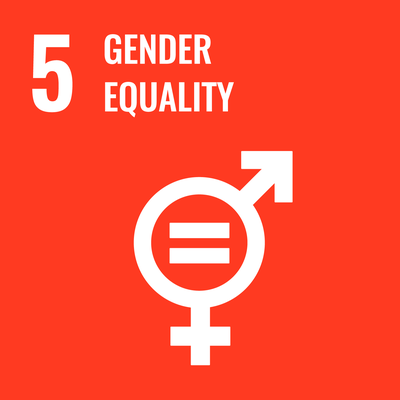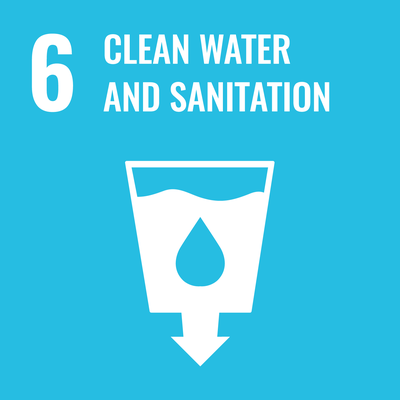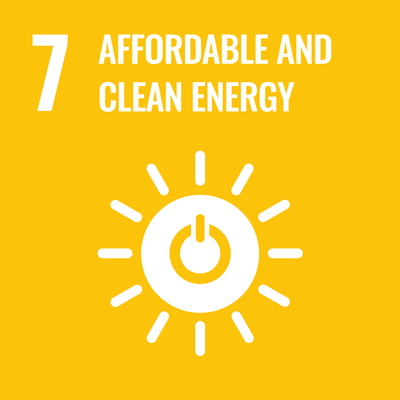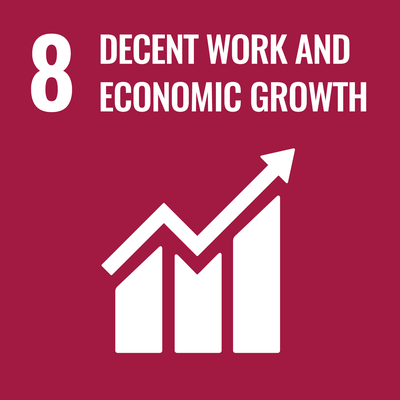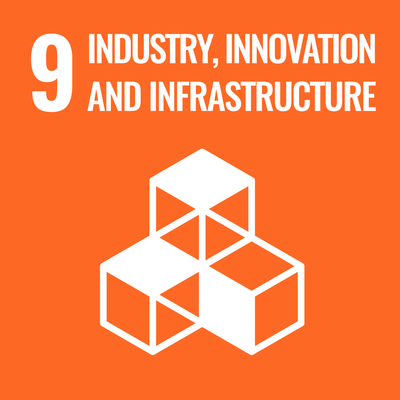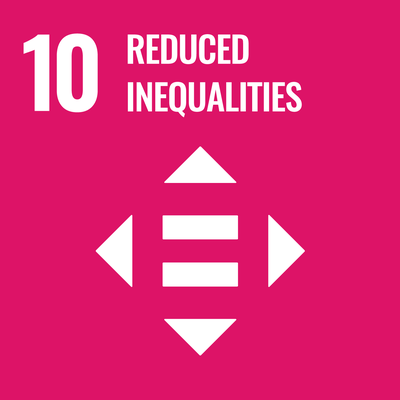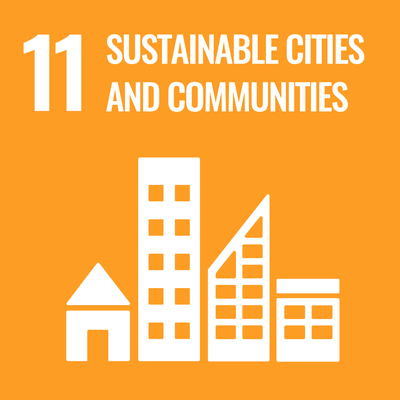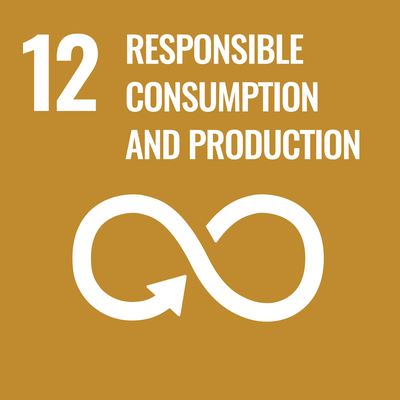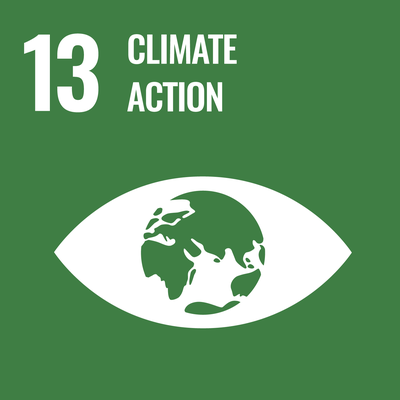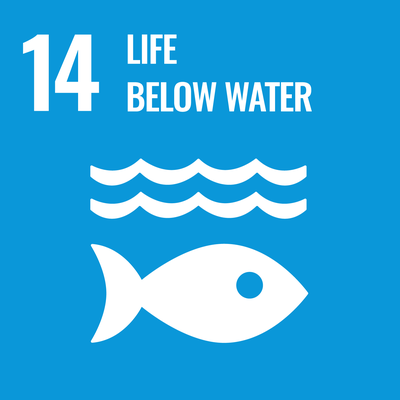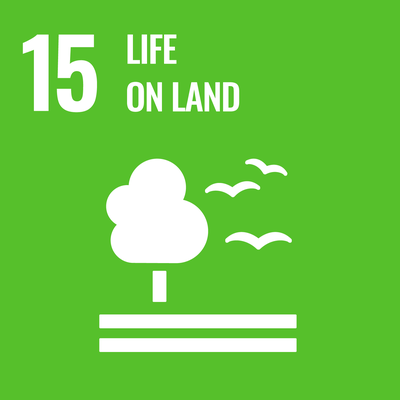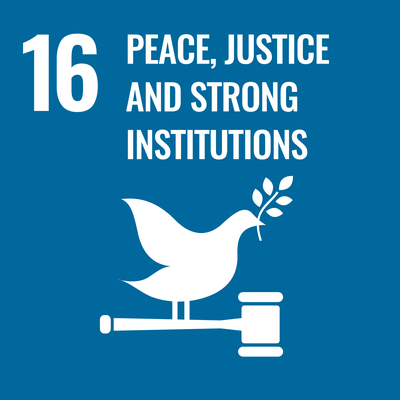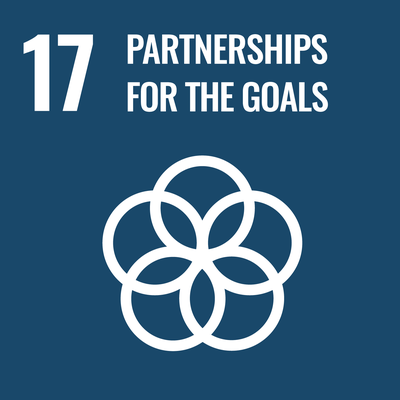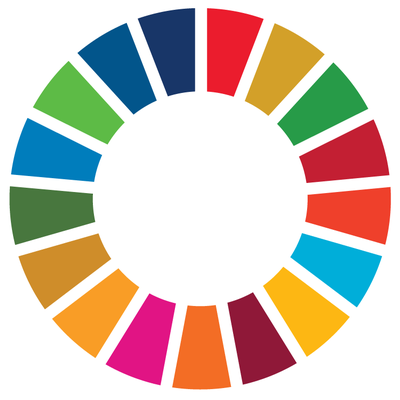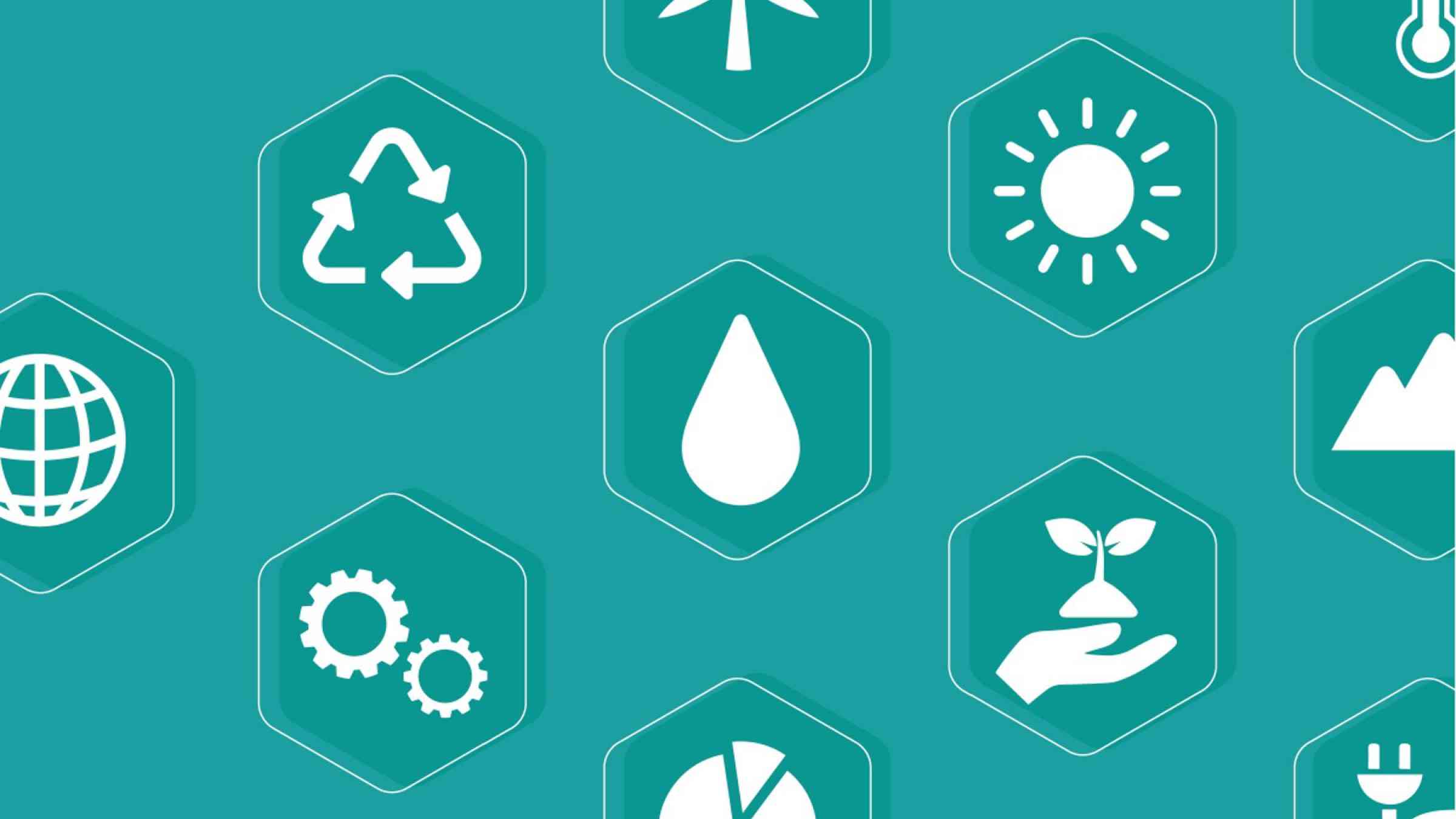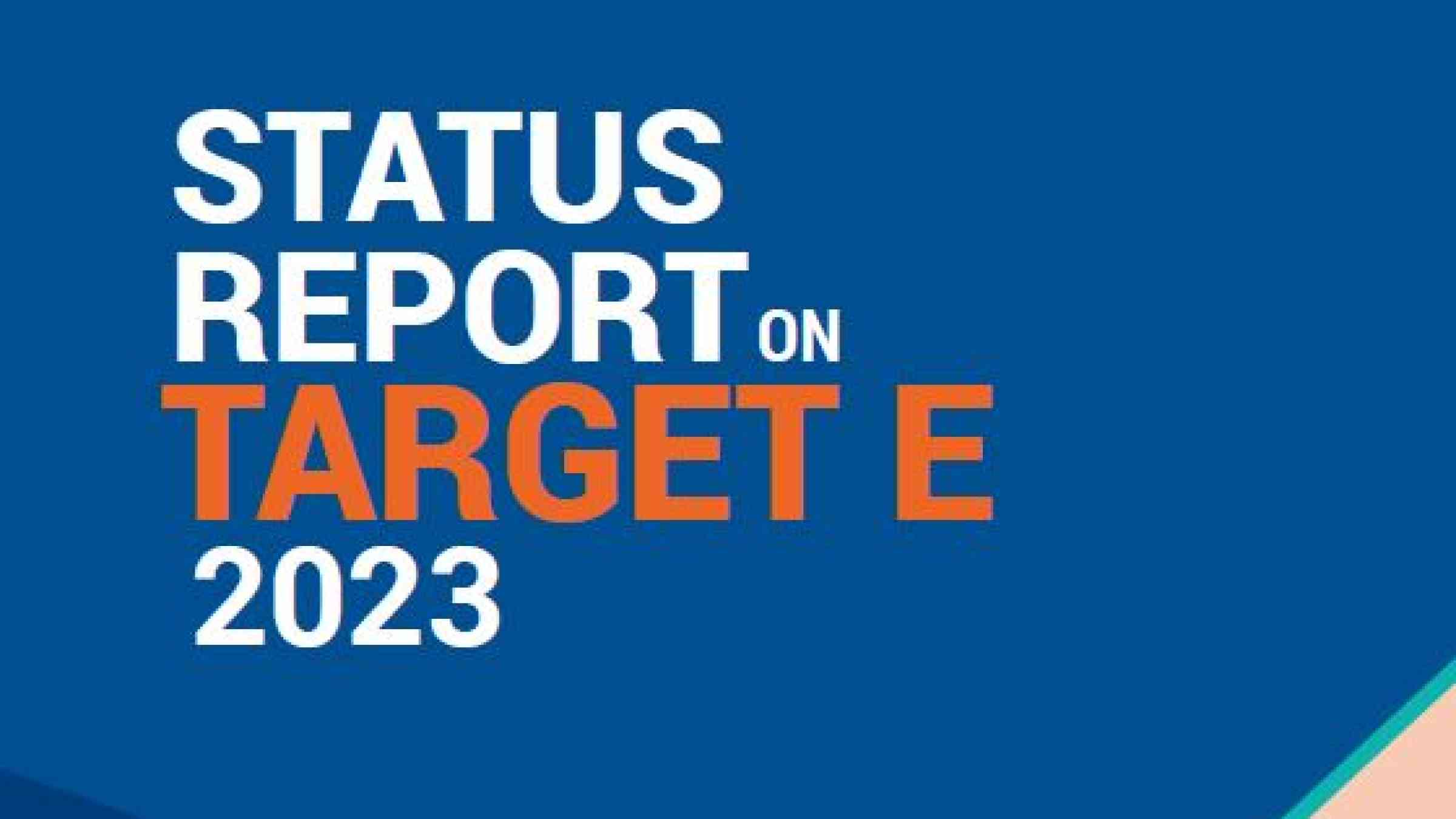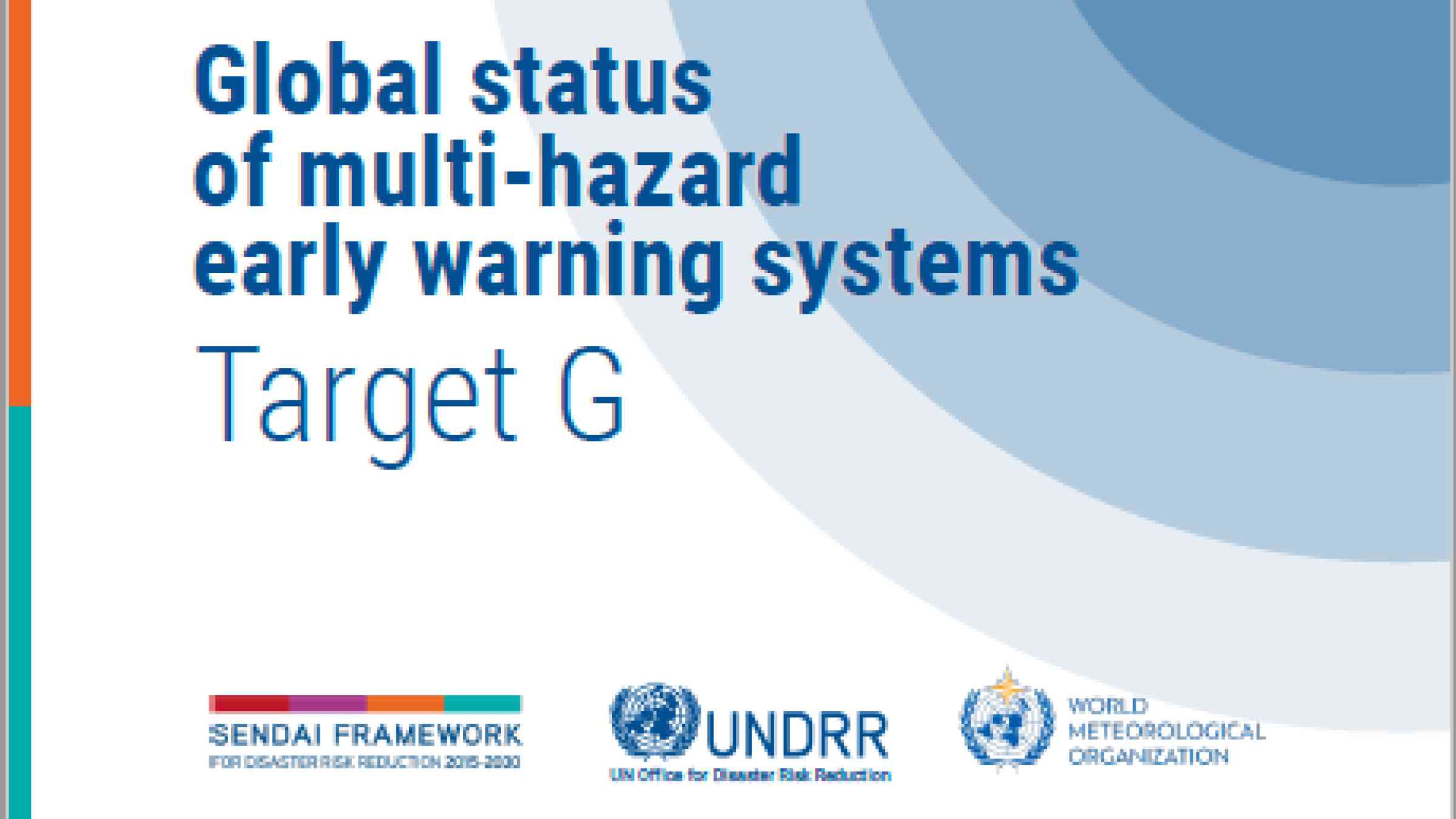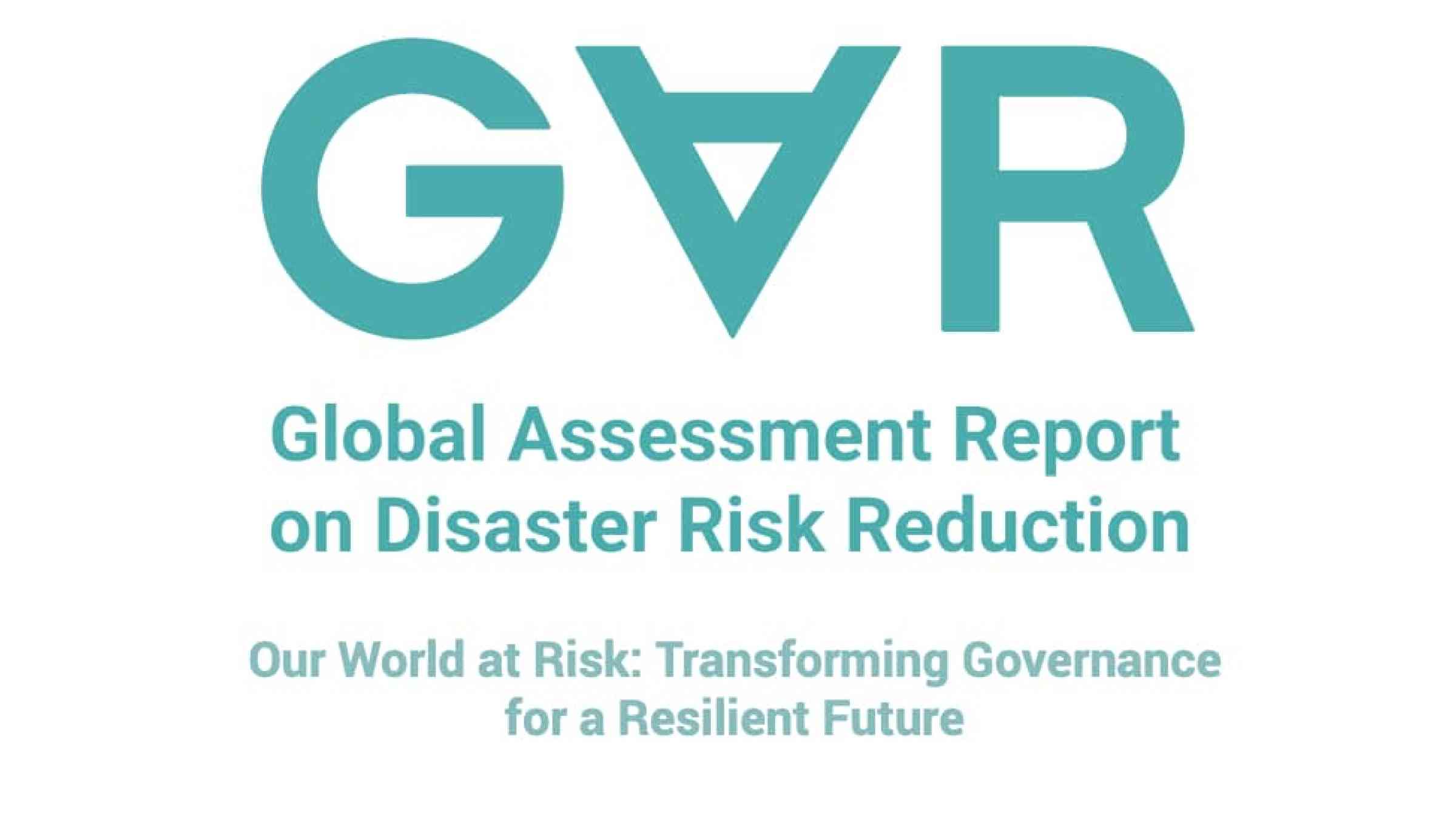Disasters threaten to steal away precious development gains and progress towards the Sustainable Development Goals (SDGs). Vulnerable developing countries disproportionately bear the brunt of losses from disasters, slowing – or even reversing – progress towards attaining the SDGs.
"Nothing erodes sustainable development like disasters, which can often destroy decades of progress in minutes. The failure to identify, prevent and reduce risks before they manifest as disasters not only places the Sustainable Development Goals in jeopardy — it affects the most vulnerable people in the world first and worst."
UN Deputy Secretary-General Amina J. Mohammed, 18 May 2023
In today's interconnected world, risk is increasingly systemic. Actions in one system can create or reduce risk for another, and the impacts of hazards can cascade across systems. To address the challenge of systemic risk we must integrate disaster risk reduction into climate- and disaster-risk-informed policies and programmes, and build coherence with the 2030 Agenda for Sustainable Development.
Meeting the challenges of a complex risk environment for sustainable development
Building a stronger understanding of risk in sustainable development
We need to understand clearly that disasters are a product of the interaction of hazards with the vulnerability and exposure of people and assets, as well as the coping capacity of financial, environmental, social and political systems. We can prevent hazards from becoming disasters by identifying and anticipating these fault lines before a disaster occurs.
Risk-informed decisions and investments
Governance systems should use inter- and transdisciplinary approaches to manage complex, systemic risk. We should advance integrated planning at the national level, including between national DRR strategies and other policies and strategies on sustainable development, financing and climate action. DRR must be fully mainstreamed into the UN's Sustainable Development Cooperation Frameworks.
Better risk knowledge
A better understanding of the dynamic nature of risk is essential for accelerating risk-informed action towards the 2030 Agenda by all actors. The increasing frequency and scale of shocks calls for better application of risk analytics to guide and underpin national development plans as well as sector-specific plans, investments and resilience building. Next-generation multi-hazard risk tools are needed to better account for and model cascading and systemic risks.
Recommendations
To meet the sustainable development goals, policy-makers should:
- Shift to anticipation, prevention, and risk reduction;
- Integrate and align risk reduction across the Sustainable Development Goals;
- Invest in disaster risk reduction at all levels;
- Develop strategic foresight for transformational change.
Integrated reporting on SDG targets
The Sendai Framework and the SDGs both reflect interconnected social and economic processes, and Sendai Framework monitoring has been designed to complement reporting on eleven indicators, for three of the SDGs:
- SDG 1. End poverty in all its forms everywhere
- SDG 11. Make cities and human settlements inclusive, safe, resilient and sustainable
- SDG 13. Take urgent action to combat climate change and its impacts
Integrating risk reduction into the 17 sustainable development goals
No poverty
The Sendai Framework promotes social protection systems based on risk-informed early action programmes, social safety nets, livelihood advancement programmes and inclusive policies. Investment in DRR builds the resilience of households and communities to disasters, and prevents backsliding into poverty when disasters strike.
Sendai Targets A, B, C and E call for reductions in the impacts of disasters on people and in disaster-related economic losses, and improvements in DRR strategies – thereby reducing poverty.
Zero hunger
By transforming food systems, the agrifood sector can improve food production and security through comprehensive disaster and climate risk management and planning. Investing in crop insurance, climate-resilient food production systems, crop diversification including utilization of drought- and flood-tolerant crop varieties, and adoption of water and soil moisture conservation techniques can reduce risks to food security, and losses in productivity.
Good health and well-being
Health must be integrated into disaster risk management, and DRR into health planning, to secure human health – including mental health and well-being. Increase pandemic preparedness and response to enable early warning and manage diseases of the future. Investing in risk-informed health infrastructure and systems can minimize disruptions in access to health services and provide life-saving assistance.
Quality education
A holistic approach to reducing risks to the education sector includes DRR in school curricula at all levels. Sustainable development programmes should promote safe school environments, resilient infrastructure for education, and a multi-hazard perspective – including conflict and child protection issues – to reduce vulnerability and exposure.
Gender equality
Structural gender inequality is an underlying driver of risk, which DRR laws, policies, programmes and governance must address. Increase investment in gender-responsive disaster and climate risk management. By promoting and using sex-disaggregated data for systematic accounting of disaster losses we can improve risk knowledge for policymaking.
Clean water and sanitation
DRR strategies should be mainstreamed into rural and urban development planning, water management, preservation of ecosystems, and management of rivers, coastal flood plain areas, drylands, wetlands and all other areas prone to droughts and flooding. The robust and sustainable management of water resources reduces the impacts of water-related hazards.
Affordable and clean energy
Energy development programmes should promote a diverse, risk-informed energy mix including retrofitting or rebuilding existing infrastructure. They should foster a culture of maintenance to secure safe, reliable, affordable and clean electricity necessary for resilient societies and economies, and continuation of energy provision when hazards strike.
Decent work and economic growth
Risk-informed approaches should be pursued across sectors and policies, including in the agricultural, manufacturing and tourism sectors. Business behaviour needs to adopt risk reduction measures, including workplace safety. Industries that drive risk creation need to be replaced by those that create jobs, stimulate pro-poor growth, and build community resilience to hazards.
Industry, innovation and infrastructure
Risk-informed policy, and investment decisions and systems – across all sectors, and particularly transportation, power, communications, water, health and education – should incorporate principles for resilient infrastructure, and nurture a culture of maintenance for resilient societies.
Reduced inequalities
Social safety nets must be integrated into livelihood-enhancement programmes to bolster households' and communities' resilience to disasters and displacement – in the design, financing and implementation of DRR policies and measures. Sectors and agendas should form a coherent way forward, particularly among least developed countries, landlocked developing countries and small island developing States affected by cycles of disaster and debt.
Sustainable cities and communities
Land-use policy and urban planning should mainstream DRR, local DRR strategies should be supported by relevant legislation, infrastructure regulations and risk-informed land-use planning, and multi-hazard urban risk assessments be updated to strengthen resilience – as supported in Making Cities Resilient 2030.
Sendai Targets A, B, C, D & E all promote more sustainable cities and communities.
Responsible consumption and production
Consumption and production patterns need to be re-orientated to prevent over-extraction of resources and environmental degradation. Risk-informed management of existing levels of waste – including technological waste – can help to prevent the creation of new risk.
Climate action
Climate change is one of the main drivers of risk. It is time to scale up risk-informed climate action to reduce vulnerability and exposure to disasters and evade maladaptation. Risk-informed planning, programmes and financing must be integrated, and comprehensive disaster and climate risk management must be promoted.
Sendai Targets A, B and E promote climate action as a means towards reducing disaster deaths and as a component of DRR strategies.
Life below water
Sustainable developments needs to include maritime nature-based solutions, ecosystem-based approaches for DRR, and risk-informed integrated coastal zone management. Stronger multi-hazard and impact-based early warning systems are needed to allow for anticipatory and early action to mitigate the risks of ocean-related hazards such as storm surges and tsunamis.
Life on land
We must scale up implementation of and investment in terrestrial nature-based solutions and ecosystem-based approaches for DRR, and step up efforts to tackle desertification, land degradation, erosion, drought, flooding and biodiversity loss.
Peace, justice and strong institutions
Peaceful and inclusive societies require improved capacity of State structures and social systems to commit to and scale up agile and comprehensive risk governance. Institutions must be enabled to prepare for and respond to disasters, to reduce humanitarian needs and strengthen trust in government. DRR can be built into programming across sectors, particularly in conflict areas. Stronger risk communication systems can provide timely access to adequate disaster risk information and engage citizens to think about resilience.
Partnerships for the goals
All of society must be engaged in DRR and a culture of risk reduction and resilience developed. This requires scaling up capacity-building for data collection and technology transfer. DRR financing strategies should be established across sectors for sustainable development, investment in prevention encouraged, and an evidence base for investment in DRR should be established. There must be stronger oversight of an overhauled regulatory environment, and new and innovative financing models need to be developed.
